
Featured Blog | This community-written post highlights the best of what the game industry has to offer. Read more like it on the Game Developer Blogs.
Company growth and the development approach of Fragments of Him
A blog about the company expansion from the perspective of a young independent game development studio and an overview of the development approach of the narrative game Fragments of Him.

[As posted on http://sassybot.com/blog/company-growth-and-the-development-approach-of-fragments-of-him/]
This blog is intended as a write-up of recent events and activities of our game development company SassyBot Studio. As a result, the contents of the blog reflect personal approaches and insights that we like to share and should not be taking as industry facts. We hope that by sharing our thoughts and experiences of past and future events it may help other start-up indie devs with struggles and questions of their own. We embrace contact and encourage you to share your adventures and lessons with us either here or through Twitter @SassyBotStudio.
Office space for digital media
As of this month, you can find SassyBot Studio in an office space of its very own. Well, that’s not technically true as we share it with a few other folks. Regardless, we believe that having a space for our projects and operations is invaluable. It could be argued that, because the nature of our business is largely digital, game developers don’t really need office space. That would be true if virtual collaboration with others would be as rich, synchronous, and seamless as it is in the real world. The biggest bonus of having a dedicated space for work is most definitely the noticeable focus and productivity increase compared to working from home. Working on a different location outside of home gets you out of the everyday domestic distractions. It’s possible to find these work places at a library, university, a diner, or coffee shop. The real benefit of an office space over public work places is obviously the ability to customize the work space, determine your own work hours, and the peer pressure of showing up and putting in the necessary hours. Of course, there are also downsides such as rent, insurance, furniture, equipment, and other matters that are mandatory or recommendable to a practice such as ours. Even though an office space comes with an initial time investment and financial cost, we think it is definitely worth the sacrifice as productivity has increased and collaboration is now a lot easier.
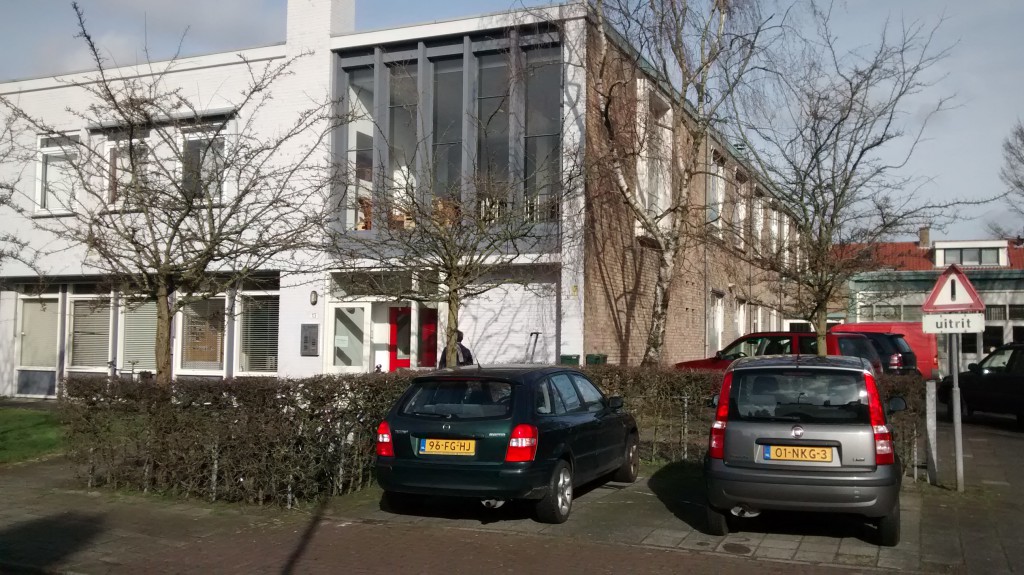
Additional assistance – interns
As of this month, our team is also being reinforced by the very cool Baiba, who is active for the foreseen future as an art intern. She is currently assisting us in the character department of Fragments of Him with character concepts. When we post future videos and images about our character development process, it is very likely that you will be seeing some of her work. It’s important to have a focus for the work of an intern, and in a small company it is especially important to be sure that they fit with the group both creatively and socially. There is much to be said on the subject and we mean to share more about working with interns in the future.
Fragments of Him update
Progress on our upcoming title Fragments of Him has been picking up over the last month, although other important matters, such as external work and the recent Casual Connect conference in Amsterdam, has taken a chunk out of our precious development time. An outline of the game’s design now exists and it is enough to block out the premise, characters, and mechanics for the game. Based on the instructions and descriptions in the design, we have started blocking out environments that provide the player with context in which the game will be taking place. The basic gameplay systems are currently in place, such as player navigation and an art pipeline that allows for fast iterations.
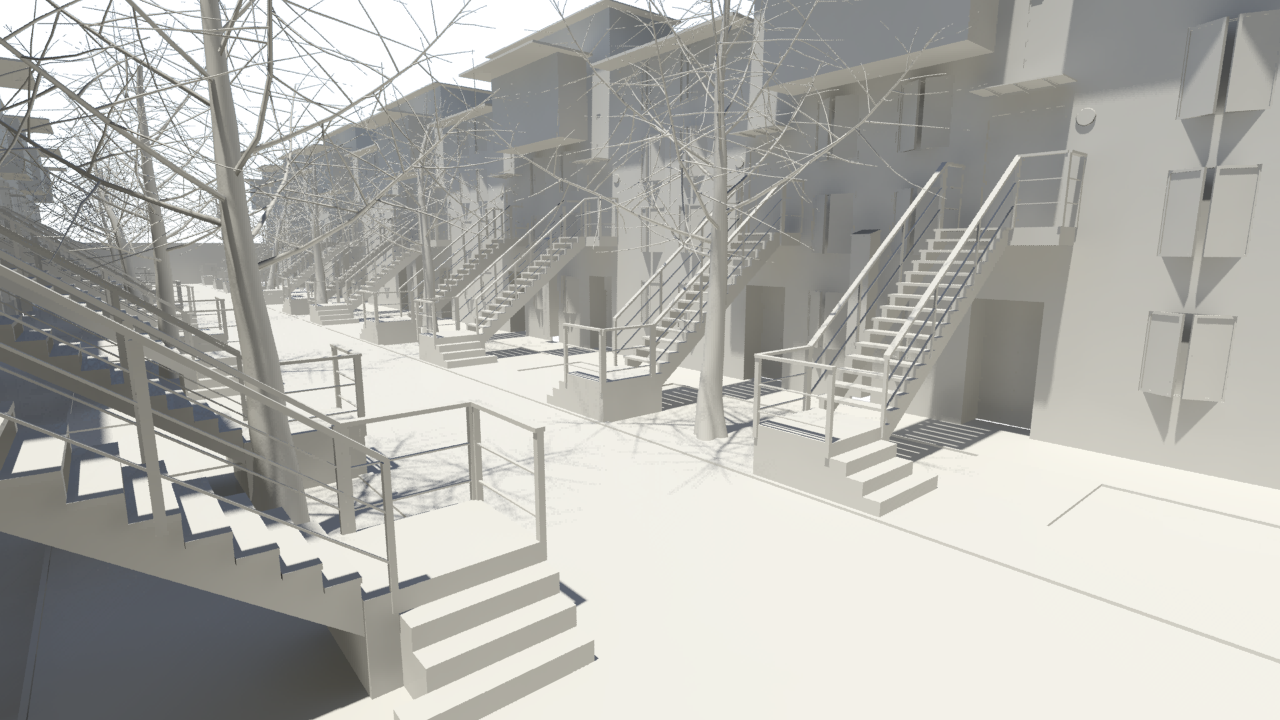
Motion capture
The characters in Fragments of Him are going to be more dynamic than those that were seen in the prototype that is still up on Kongregate. Even though the story in the prototype could be told in an impactful way with static characters, we believe that lifelike animation can greatly emphasize the message, if acted out properly. We want to have a lot of short, realistic animations in the game. In order to quickly iterate through motions until we have the right one, we think that a motion capture system could be greatly beneficial. Hand animating believable and lifelike character motions requires a substantial amount of time and expertise to pull off. Cleaning up animation keyframes from motion capture data takes less skill and it will probably be faster to get to the desired result. For these reasons, we are close to making the decision of creating a motion capture rig of our own. The software we intend on using to create a motion capture setup that fits within our budget is called iPi Motion Capture (http://ipisoft.com/) and it supports consumer motion cameras such as Kinect and PS Eye as input devices. What we have seen up till now has made us very enthusiastic about the ease of use and overall possibilities using this technology.
Fragments of Him development approach
As we are creating a larger game than previously attempted, we have been doing quite a bit of high-level thinking on how we can best approach this project. It’s important that we make the best use of our available time and resources by catching problems early on when they do not yet have a considerable financial impact on the end result. The high level approach we currently use for making Fragments of Him can be seen as a sequence of phases which we have labelled as follows:
Horizontal slice phase
Vertical slice phase
Decor phase
Polish phase
During production, we use the term horizontal slice to indicate the bare minimum that we need in order to have the game playable from A to Z. In this phase, we try to put the most important and rough objects into the game as soon as possible. This is also known as the MVP (Minimum Viable Product). The horizontal slice is made up out of critical elements that are necessary for the game to function. We are going to approach the horizontal slice of Fragments of Him in this order:
Environment blockout/whitebox
Key interaction objects and functionality
Critical interface elements
Narrative system with placeholder scripts
Main characters in crude forms
Audio placeholders
Music
Sound effects
Foley
(Great foley examples: http://youtu.be/UNvKhe2npMM & http://starwars.com/watch/films_arenot_2.html)
Good audio is critical to the experience of a narrative-heavy game such as Fragments of Him and, although this approach appears to place it at a low priority, we hope to move on to including it very rapidly. We expect to use free assets from classical royalty free libraries before moving on to working on a finalized score for the final release. The result from this phase can be used to figure out if the core value of the game can already be experienced. Usually, the first result will not create the experience that the design has in mind. From this point onwards, a lot of iterations need to take place that will nudge the game towards where it needs to be. When the core design is present and representable for the game’s intended experience, we can include playtesters into the iteration cycle who will be able to tell us whether or not the design and game is working as intended. While that happens, we can direct our attention towards creating a vertical slice. 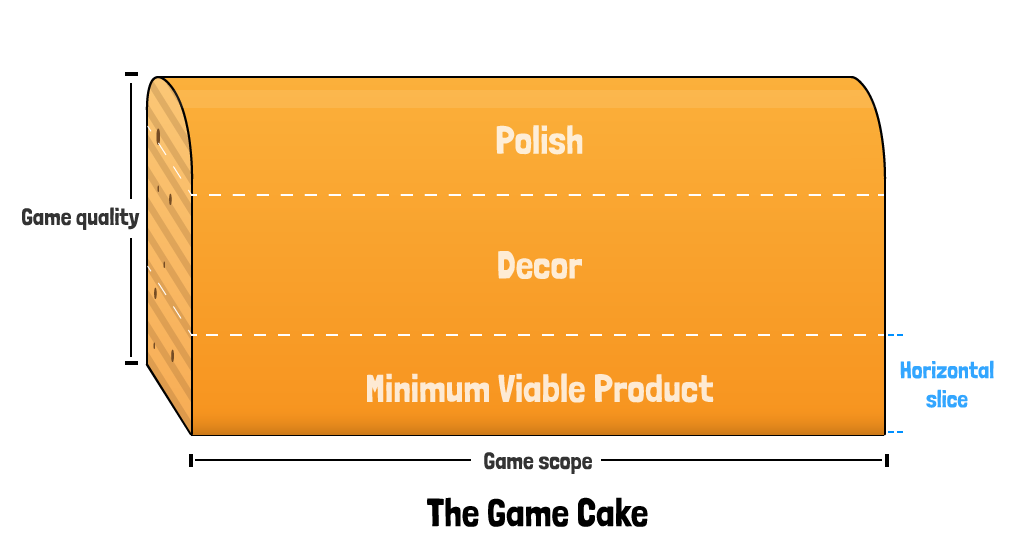
Vertical slice phase
A vertical slice represents a short segment of the game to a standard that is representative of the final product. On a graphical level, this can set the standard as to how the rest of the game should look and feel. Additionally, this is useful for promotional purposes as it can give people a taste of what they can expect in the full game. If you are looking for funding for your game, then creating a vertical slice of your game can be used for this. With Fragments of Him, we intend to create a vertical slice for promotion in order to raise awareness and muster support. We’ll try to make this vertical slice available to as many conferences, game journalists, and let’s play content creators as possible. To get an impression of what is required for a vertical slice, you could imagine the work required for the phases below applied to approximately a 10% segment of the final game. It is basically getting a taste for a piece of the cake. 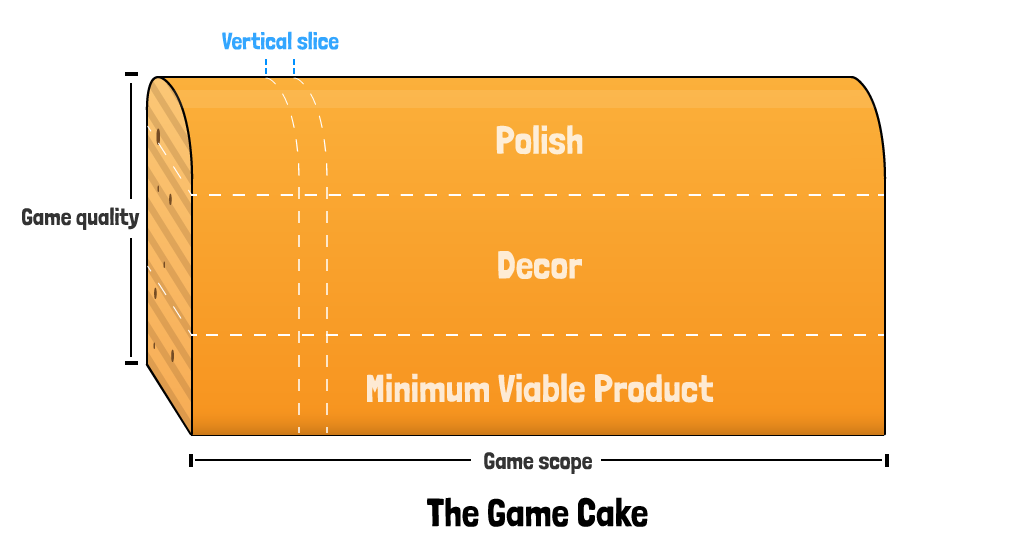
Décor phase
The décor phase can be seen as the phase where non-essential assets and functionality gets added to the game. A lovely analogy for this is this: Imagine actors rehearsing for a theater play. These actors picture the environments and props around them as they practice to get the entire piece acted out and presented properly. In many ways, that can be seen as the horizontal slice. The décor phase is where the set dressing, lights, music, audio, and character costumes are pulled out to complete the set for the grand performance.
Before décor
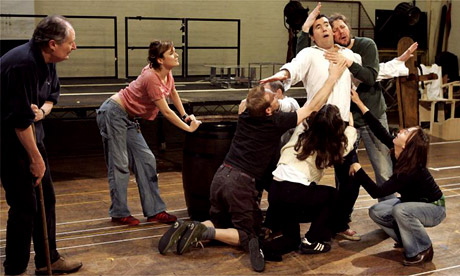
After décor
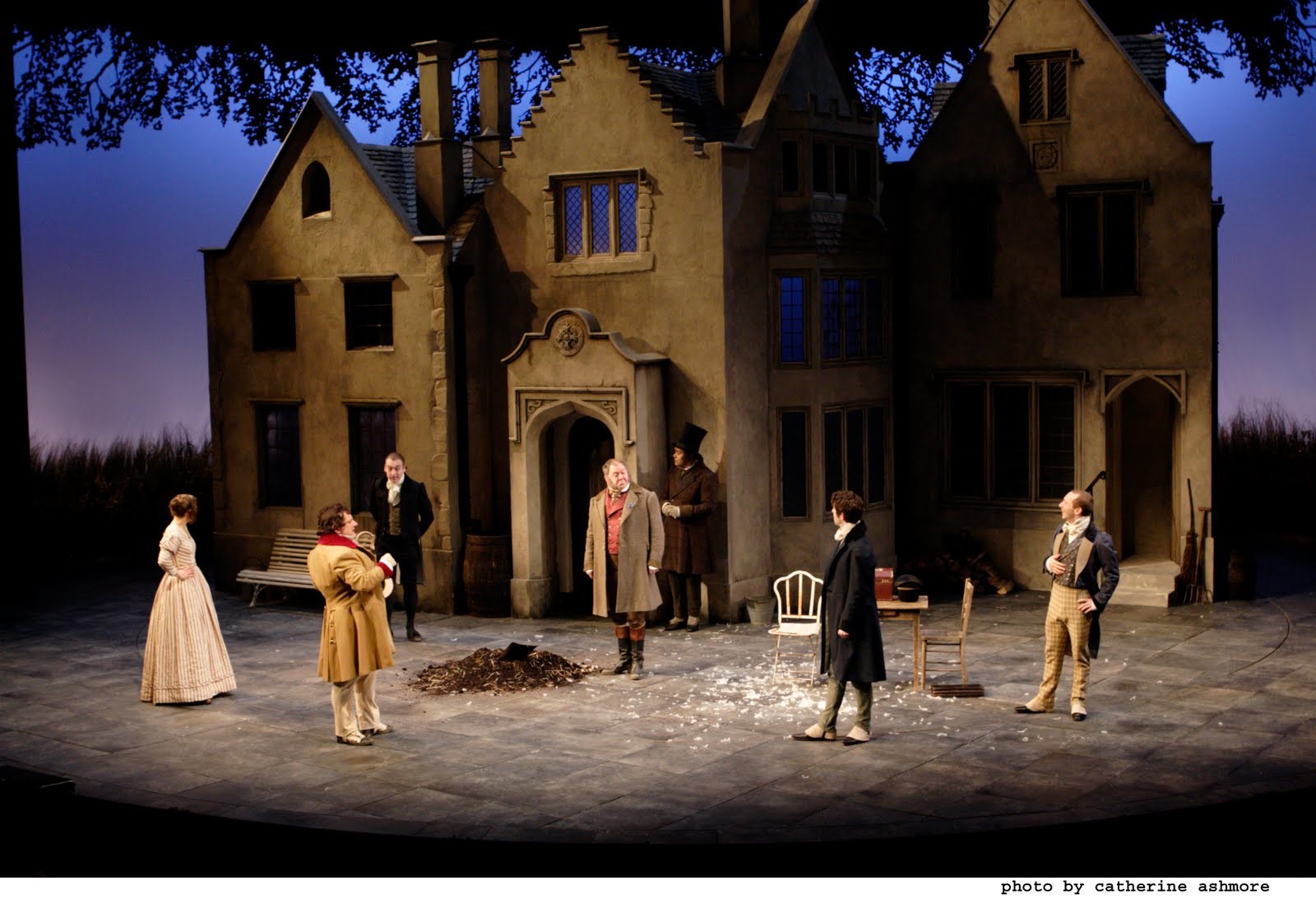
Essentially, the elements that get added in the décor phase of our game development process are to accommodate for mood, atmosphere, flow, and ambience that support the core of the game. The elements required for this phase are not critical for playing the game, but it does add tremendous value to the intended presentation. Some of the elements you can think of adding in this process are:
Scene dressing
Complete set of rigged character models
Textures
Additional, non-essential, animations
Scene lighting
Particles and effects
Additional, non-essential, functionality
Interface graphics
Complete audio set for music, sound effects, and foley
Polish phase
When we get to the point where all the elements of the game are put together, we will go into the polish phase. In this phase, we will not add any more assets or elements unless they will add considerable value to the game. Usually, this phase can take the longest to finish. Most of the work that is done in this phase is not really visible to the player and takes place behind the scenes. The purpose of this phase is to improve game performance by optimizing game assets and code as well as track down and minimize the occurrence of game breaking and experience hindering bugs. This process aims to make the game look as great as our resources allow us. Some of the activities we do in this process are:
Clean up and perform optimization of:
Meshes
Textures
Animations
Game systems
Interface
Tweak scene light parameters and light bake settings
Quality assurance of the game’s performance and experience
Conclusion
This last month has been pretty busy as we moved into SassyBot’s first office, attended a conference, and the awesome Baiba joins us as an intern. Due to all this, the development of Fragments of Him has taken a slight backseat although we have made progress. We also decided that motion capture will very likely be the way we intend to get animations into the game and have researched cost-effective ways of doing this. Lastly, we have planned the development approach of Fragments of Him by dividing it up into the horizontal slice, vertical slice, décor, and polish phases. Thank you for reading all the way to the end and we hope you let us know what you think either through Facebook or Twitter (@Tinovdk & @SassyBotStudio). What blog topic will be next? I don’t know, but I’ll let you know when I do. ;)
Read more about:
Featured BlogsAbout the Author(s)
You May Also Like













